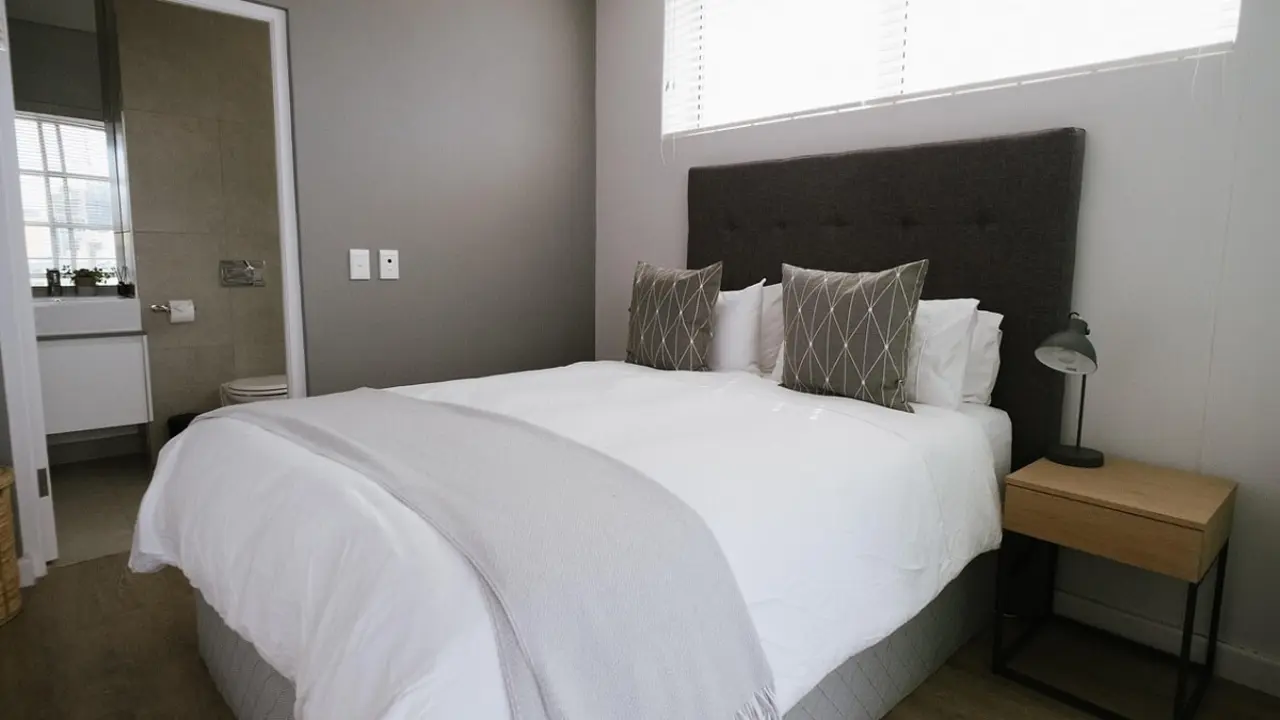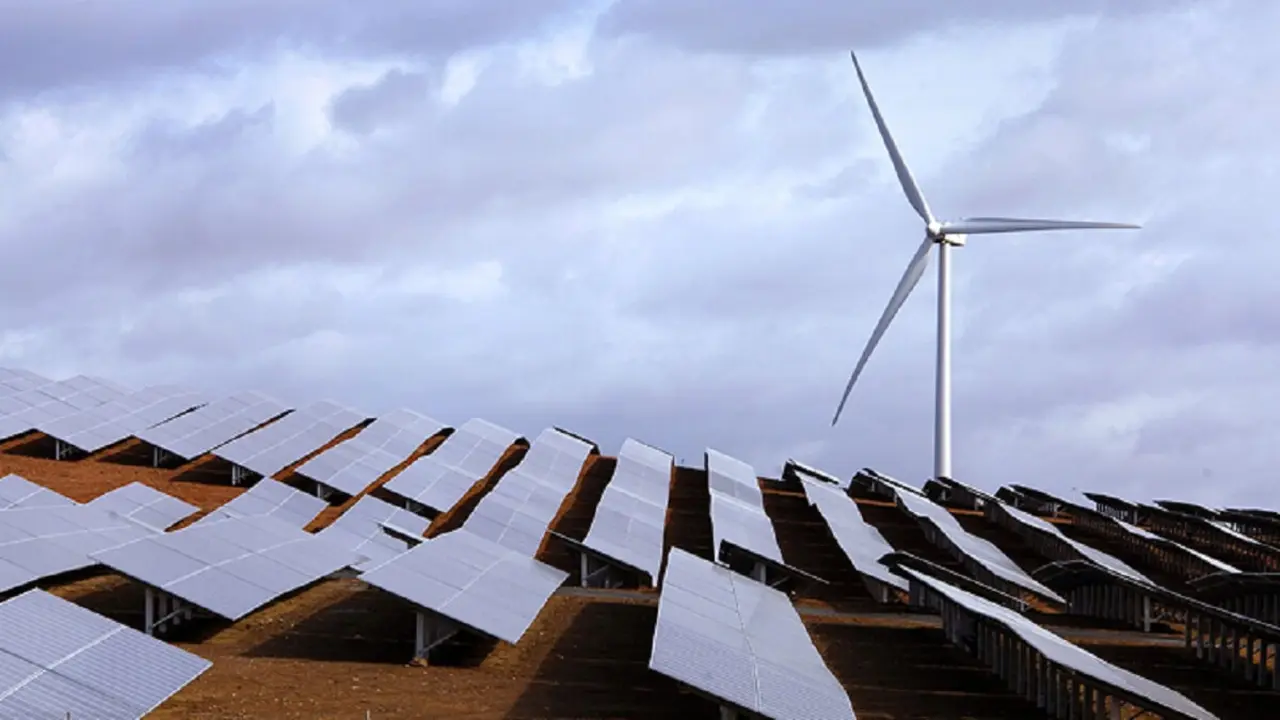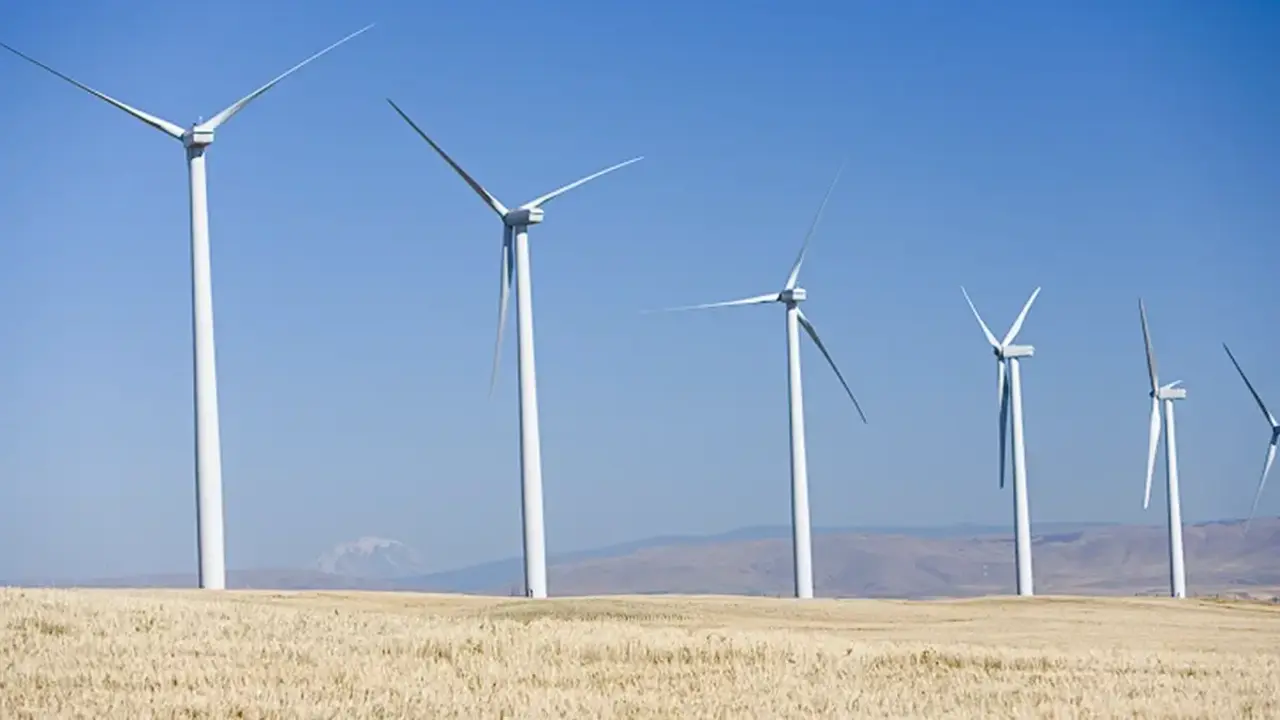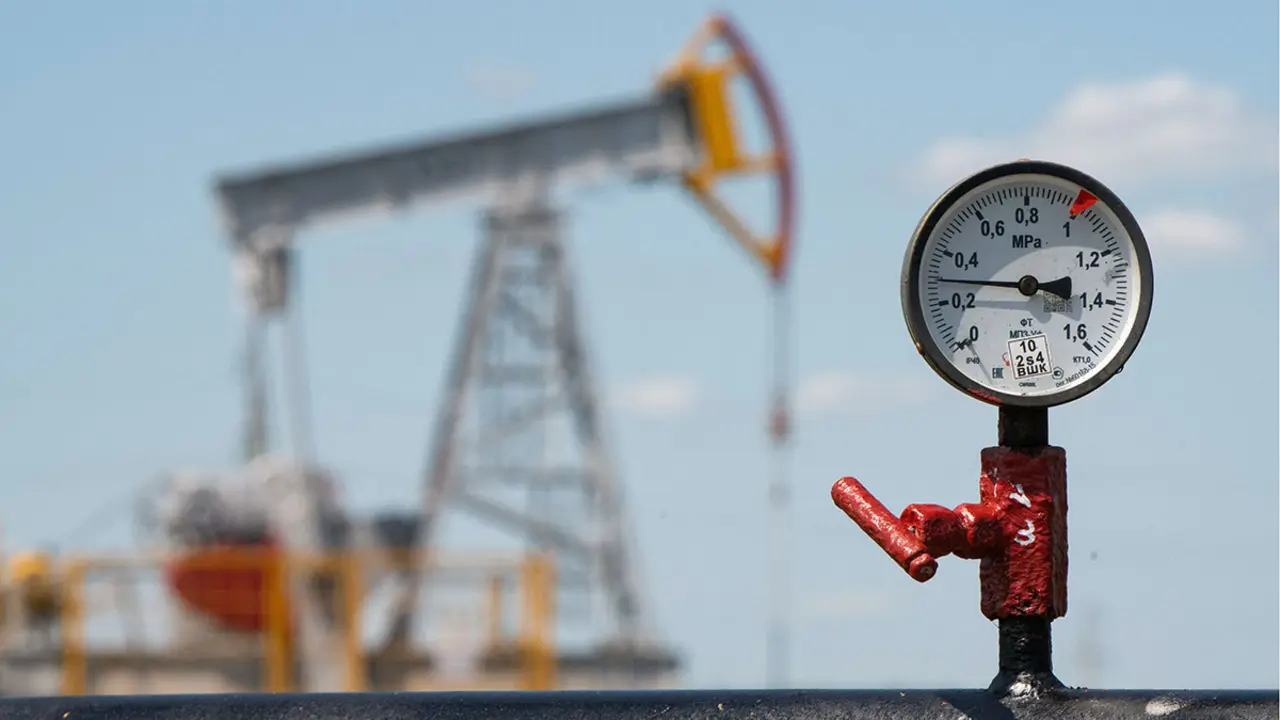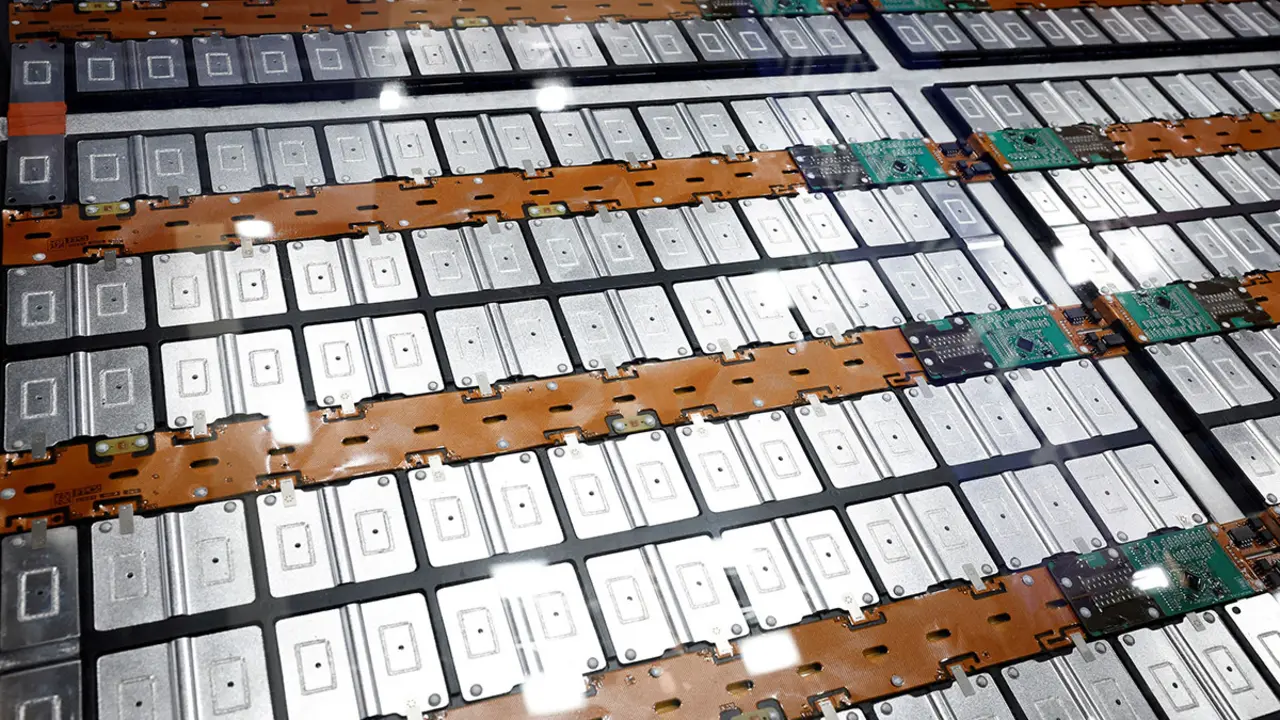El Banco Africano de Desarrollo avanza en sus investigaciones sobre los recursos hídricos
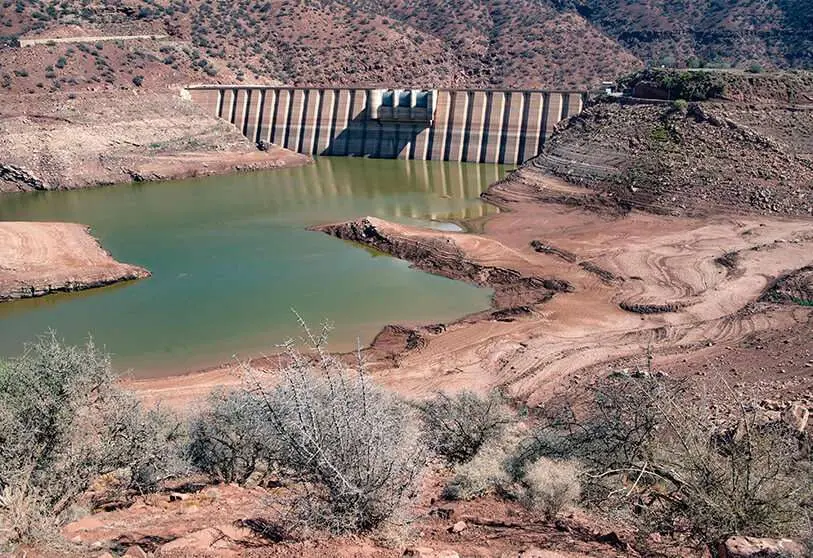
The African Development Bank (AfDB) has recently approved a grant of 201,000 euros ($225,028) to the Moroccan Water Development Directorate for Equipment and Water for studies related to dam design, river development and research on the interconnection between river basins.
It is worth noting that Morocco's climate makes the country vulnerable to climatic hazards because it alternates between wet and dry seasons. The North African nation is experiencing quite dry periods with increasing water stress affecting water retention in dams.
Morocco has been facing water shortages for several years. The filling rate of all dams in the Kingdom is 25%, which affects two of the country's main dams.

The Moroccan government has proposed a National Drinking Water Supply Programme to address the water problem. This initiative is expected to stimulate investment in the water sector to boost drinking water supply. The national programme consists of improving access to drinking water in rural areas, developing conventional water resources, including the construction and construction of large dams, construction of small dams to support local development, securing and enhancing the supply of drinking water to urban areas, the continued restoration of small and medium-sized hydraulic perimeters and, finally, the preservation of water quality and the reuse of treated wastewater.
The World Bank notes that "Morocco's available renewable water resources have declined significantly between 1960 and 2020, from 2,560 m3 to about 620 m3 per person per year, putting the country in a situation of structural water stress".
To address this situation, the Moroccan government implemented several measures and launched an awareness campaign against water wastage. "We must make better use of available resources, better mobilise conventional and non-conventional water and above all make us aware of the importance of water and change our daily behaviour," said Nizar Baraka, Minister of Equipment and Water.
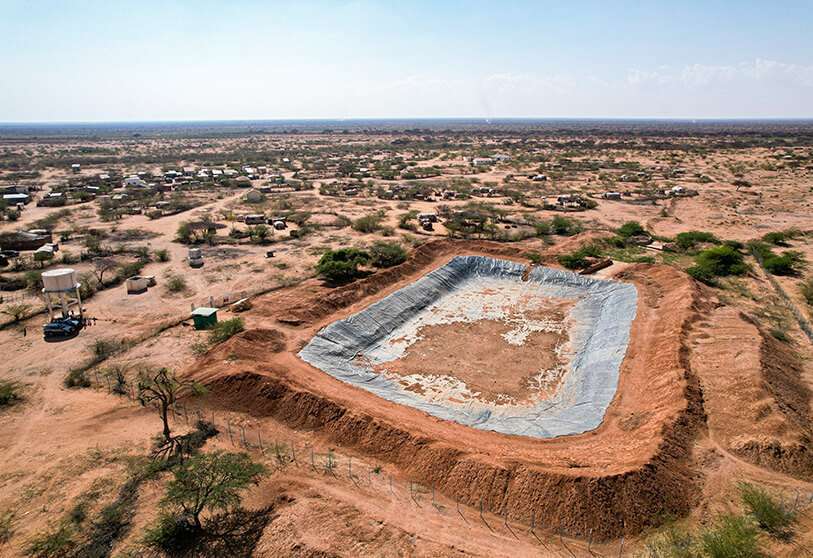
Looking at the dams, one of the largest dams in the country is in the Moulouya region and is currently dry at a rate of 0.4%. The Al Massira dam, the second largest in the country, has also reached a very low level, holding only 3% of water.
To deal with this problem, the Moroccan authorities have begun building modern infrastructure to increase the country's production capacity to 24 million cubic metres. Projects have also been launched to build 129 small dams and mountain lakes to protect residents from flooding, which will allow for the artificial supply of groundwater.
In addition, the country has introduced a comprehensive policy to build desalination plants in all regions. These projects will reduce dependence on surface and groundwater resources from the dam.
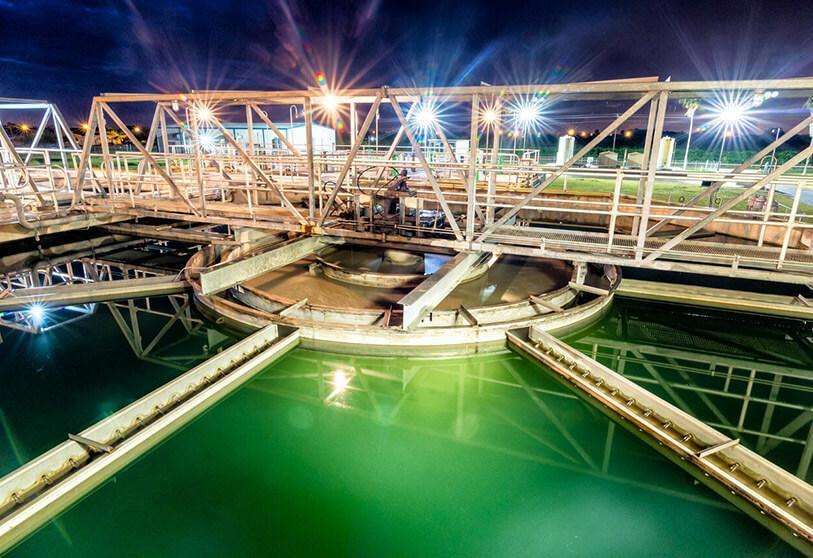
This issue falls under the work of the Water Development Directorate of the Ministry of Equipment and Water and has two components, as indicated by the African Development Bank in a statement. The first aspect refers to dam design studies and interconnections between river basins. The second component is based on ensuring project management, monitoring and coordination for technical assistance.
In addition to these projects, Morocco is implementing actions to rationalise water consumption. Thus, the country plans to reduce the flow in the largest cities, including Agadir, Casablanca and Tangier, by establishing restrictions on the supply of drinking water during certain time slots. The Minister of Agriculture stressed that he intends to suspend subsidies for water-intensive crops in regions affected by water shortages.


